Table of Contents
Introduction to Rib Meat and Pork
When it comes to meat, the term 'rib meat' can be a bit confusing. While many people assume that rib meat is always from a pig, the reality is more complex. In this article, we'll explore whether rib meat is pork and provide practical tips for enthusiasts and professionals alike.
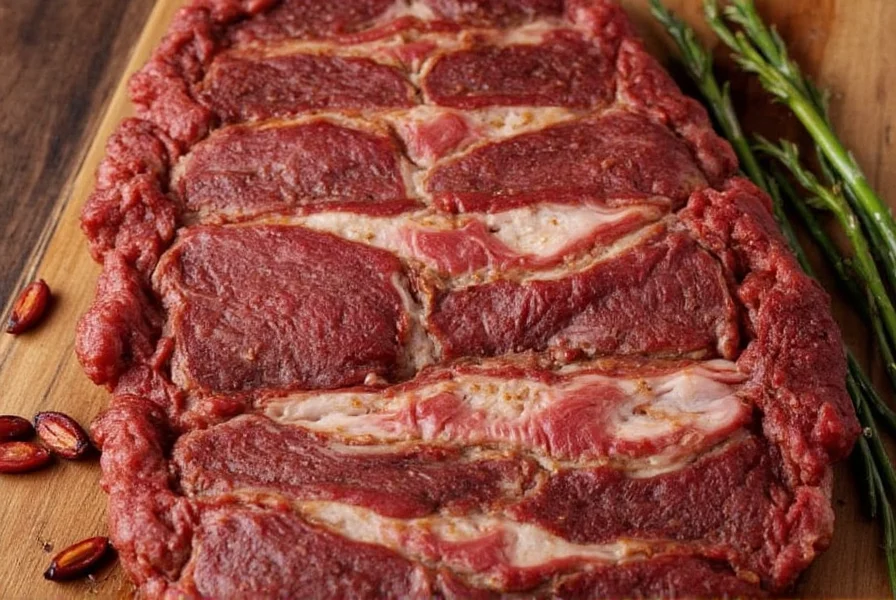
What Is Rib Meat?
Rib meat refers to the portion of an animal's ribcage that is typically cut into steaks or chops. It's commonly associated with beef, especially in dishes like ribeye steak. However, when it comes to pork, the term 'ribs' is often used to describe a specific cut of meat, such as baby back ribs or spare ribs.
So, while rib meat can come from different animals, the question remains: Is rib meat pork?
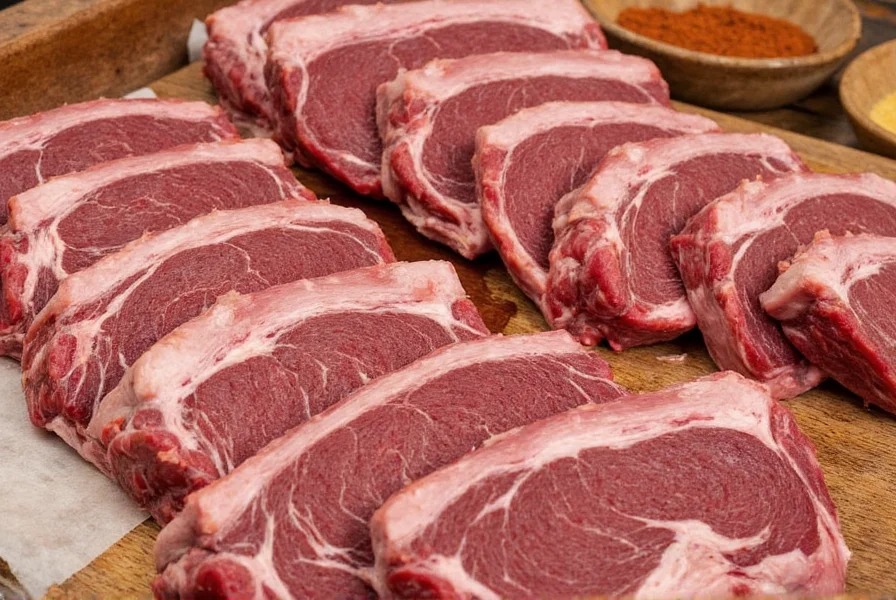
Is Rib Meat Pork? The Answer Revealed
The short answer is: Yes, but not always.
In many cases, when people refer to 'rib meat' in the context of pork, they are talking about the rib section of a pig. This is particularly true for cuts like baby back ribs or St. Louis-style ribs, which are popular in barbecue and grilling.
However, rib meat can also come from other animals like cattle (beef), lamb, or even deer. So while pork can have rib meat, it's important to know the source of the meat you're working with.
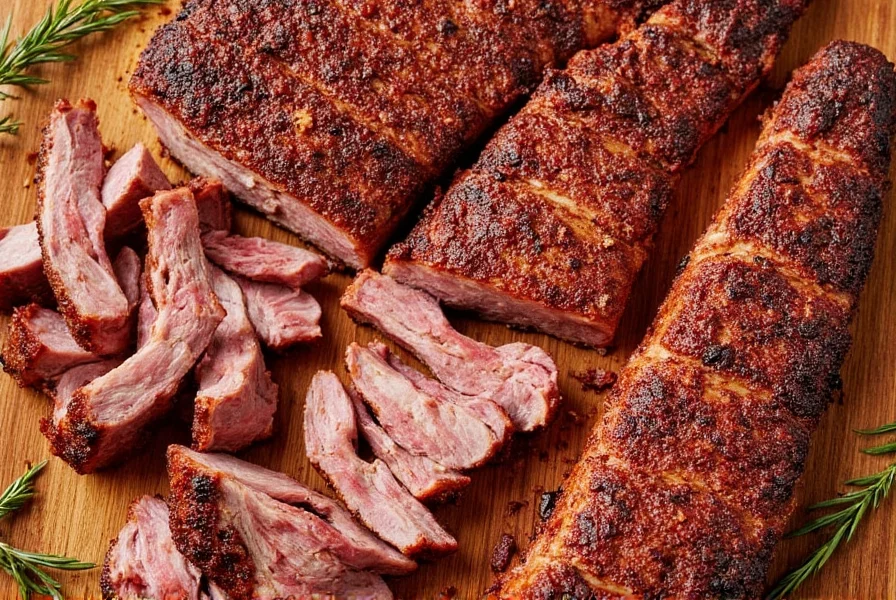
Types of Rib Meat
There are several types of rib meat, each with its own characteristics and uses:
- Beef Ribeye: Known for its rich flavor and marbling, this is one of the most popular cuts in the world.
- Pork Baby Back Ribs: Leaner and more tender, these are great for grilling and smoking.
- Pork Spare Ribs: These are meatier and have more fat, making them ideal for slow cooking.
- Lamb Ribs: Often used in Middle Eastern and Mediterranean cuisines, they have a distinct flavor profile.
Now that you understand the differences, let's dive into a comparison table to help you choose the right rib meat for your needs.
| Type of Rib Meat | Source Animal | Flavor Profile | Best Cooking Method |
|---|---|---|---|
| Beef Ribeye | Cow | Rich, buttery, and juicy | Grilling, roasting, or pan-searing |
| Pork Baby Back Ribs | Pig | Tender, slightly sweet | Smoking, grilling, or braising |
| Pork Spare Ribs | Pig | Fatty, flavorful | Slow cooking, stewing, or baking |
| Lamb Ribs | Lamb | Gamey, aromatic | Grilling, roasting, or marinating |
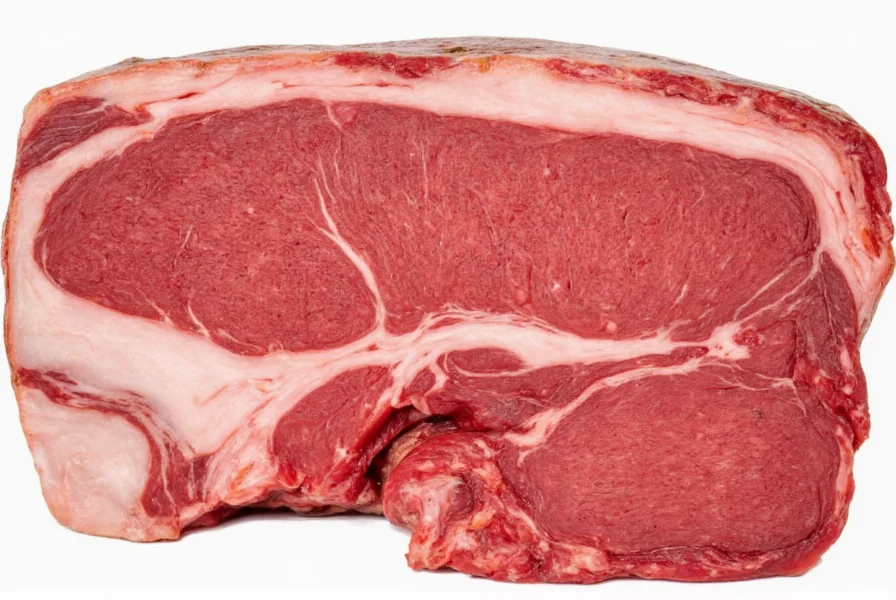
Buying Guide: How to Choose the Best Rib Meat
If you're looking to buy rib meat, here are some key factors to consider:
1. Source and Quality
Always look for high-quality meat from reputable sources. Organic, free-range, or grass-fed options may offer better flavor and texture.
2. Cut and Size
Depending on your recipe, you'll want to choose the right cut. For example, baby back ribs are ideal for quick cooking, while spare ribs work best for slow, low-and-slow methods.
3. Marbling and Fat Content
Marbling (the distribution of fat within the meat) plays a big role in flavor and juiciness. For pork ribs, a good balance of meat and fat is essential for tenderness and taste.
4. Seasoning and Preparation
Some rib meats come pre-seasoned or ready to cook, while others require additional preparation. Consider what works best for your cooking style.
Here are some top products to consider if you're shopping for rib meat:
- Organic Pork Baby Back Ribs – Great for those who prefer organic and sustainable options. Ideal for grilling and smoking.
- USDA Prime Beef Ribeye Steaks – Perfect for steak lovers who want the best quality. Best cooked on the grill or in a cast-iron skillet.
- Free-Range Lamb Ribs – A flavorful choice for those who enjoy gamey meats. Excellent for roasting or grilling.
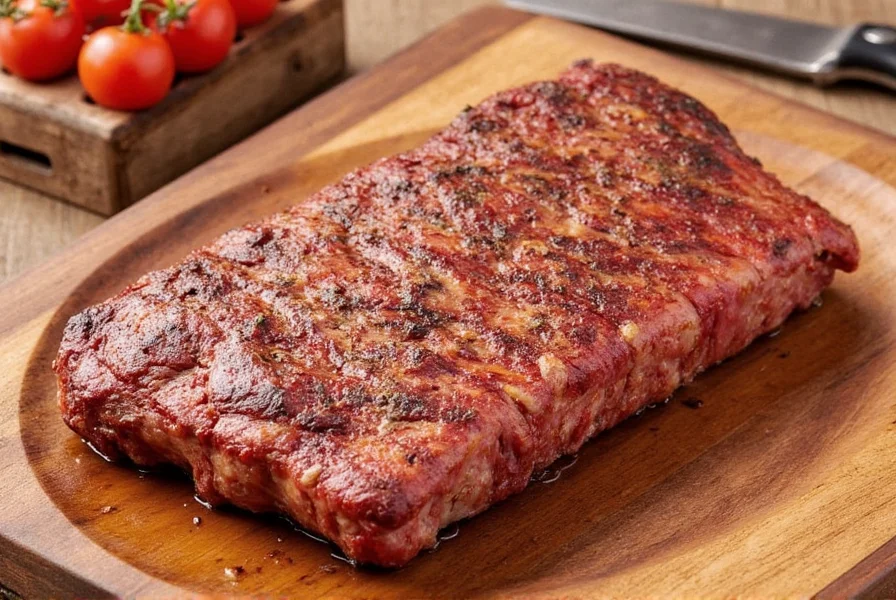
Cooking Tips for Rib Meat
Cooking rib meat requires attention to detail, but with the right techniques, you can achieve delicious results every time. Here are some practical tips:
- Marinate for Flavor: Whether you're using pork, beef, or lamb, marinating your ribs can enhance their flavor and tenderness. Use a mix of spices, herbs, and acidic ingredients like vinegar or citrus juice.
- Use Low and Slow Cooking: For tougher cuts like spare ribs, cooking at a low temperature for a longer period helps break down the connective tissue, resulting in tender meat.
- Apply a Dry Rub or Wet Marinade: Both methods can add depth to the flavor. A dry rub with paprika, garlic powder, and brown sugar is perfect for pork ribs, while a wet marinade with soy sauce or beer can work well for beef or lamb.
- Let It Rest: After cooking, allow your rib meat to rest for a few minutes before serving. This helps retain the juices and improves the overall texture.
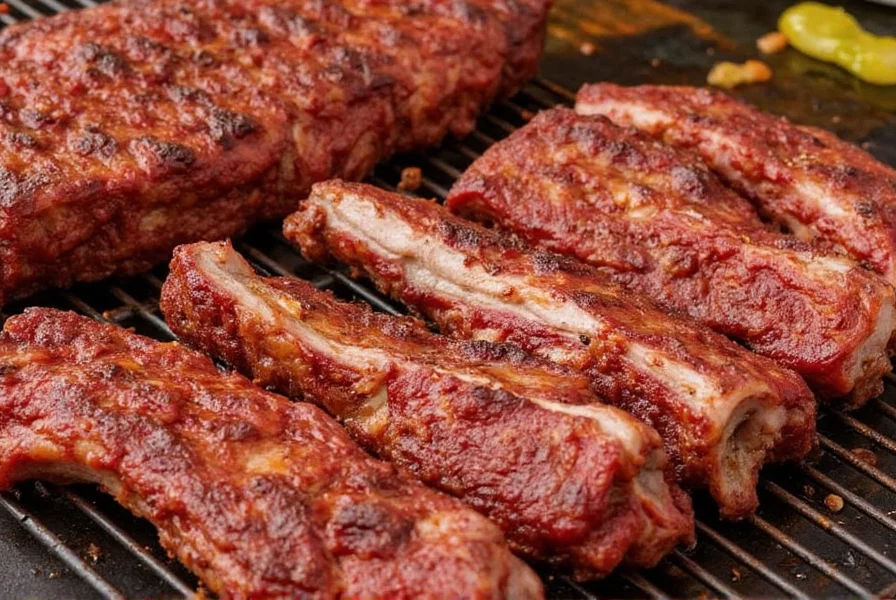
Frequently Asked Questions About Rib Meat and Pork
Is rib meat always pork?
No, rib meat is not always pork. While pork ribs are common, rib meat can come from various animals including beef (ribeye steak), lamb, and even venison. The term "rib meat" refers to the meat from the rib section of any animal.
What is the difference between pork ribs and beef ribs?
Pork ribs come from pigs and are generally smaller, more tender, and have a slightly sweeter flavor. Beef ribs come from cows and are larger, meatier, with a richer, more robust beef flavor. Pork ribs include types like baby back ribs and spare ribs, while beef ribs include short ribs and back ribs.
Are baby back ribs pork?
Yes, baby back ribs are a type of pork rib. They come from the top of the rib cage between the spine and the spare ribs, below the loin muscle. They're called "baby" back ribs not because they come from young pigs, but because of their smaller size compared to other rib cuts.
How can I tell if rib meat is pork or beef when shopping?
When shopping, check the label carefully. Pork ribs will be labeled as "pork ribs," "baby back ribs," or "spare ribs." Beef ribs will be labeled as "beef ribs," "short ribs," or "beef back ribs." The color can also be a clue - pork is typically lighter pink while beef is darker red. Pork ribs are also generally smaller in size than beef ribs.
What's the best way to cook pork rib meat?
The best cooking method depends on the specific cut. Baby back ribs are ideal for grilling or smoking at medium heat. Spare ribs benefit from slow cooking methods like smoking or braising at low temperatures for several hours. Always consider using a dry rub or marinade for added flavor, and allow the meat to rest before serving for maximum juiciness.
Can I substitute pork rib meat for beef in recipes?
You can substitute pork rib meat for beef in some recipes, but be aware of the flavor and texture differences. Pork has a milder, slightly sweeter taste compared to beef's richer, more robust flavor. Cooking times may also differ since pork generally cooks faster than beef. For best results, choose recipes specifically designed for the type of rib meat you're using.
Conclusion
In conclusion, is rib meat pork? The answer is yes, but only when referring to specific cuts like baby back ribs or spare ribs. Rib meat can also come from other animals, so it's important to understand the source and type of meat you're working with.
Whether you're a seasoned chef or a home cook, knowing the difference between various rib meats can elevate your cooking and make your meals more enjoyable. From choosing the right cut to mastering the cooking techniques, there's always something new to learn in the world of spice and meat.
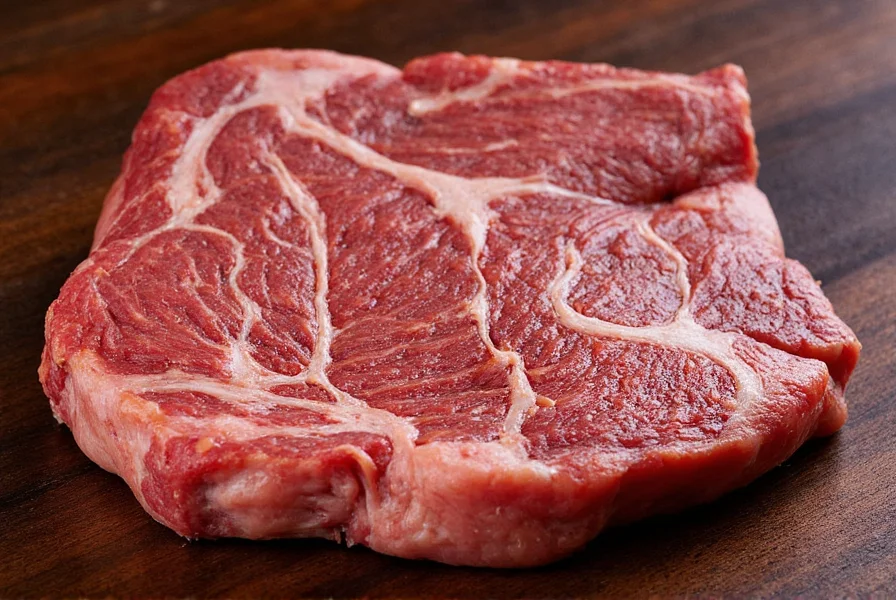
Remember, is rib meat pork? Yes, in many cases—but always check the label and your recipe to ensure you're getting exactly what you need.

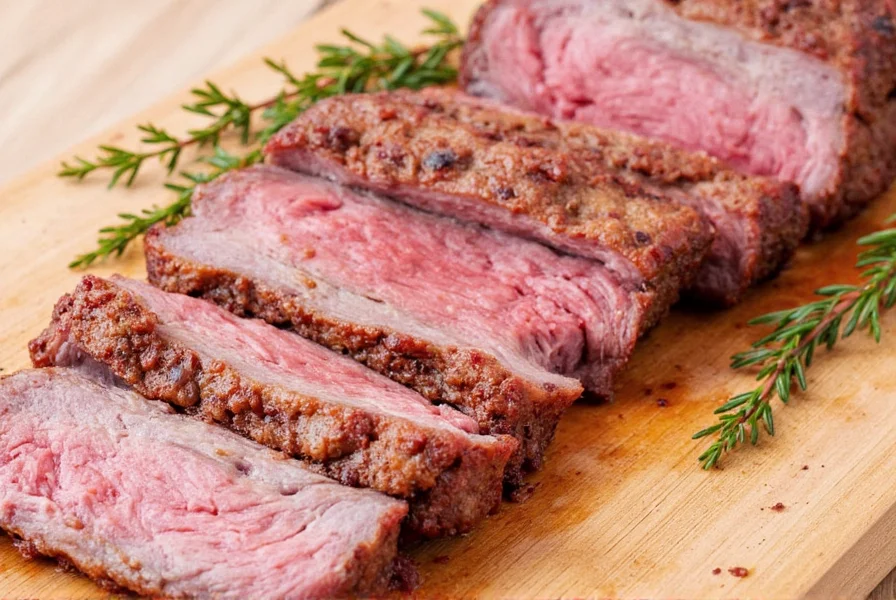









 浙公网安备
33010002000092号
浙公网安备
33010002000092号 浙B2-20120091-4
浙B2-20120091-4